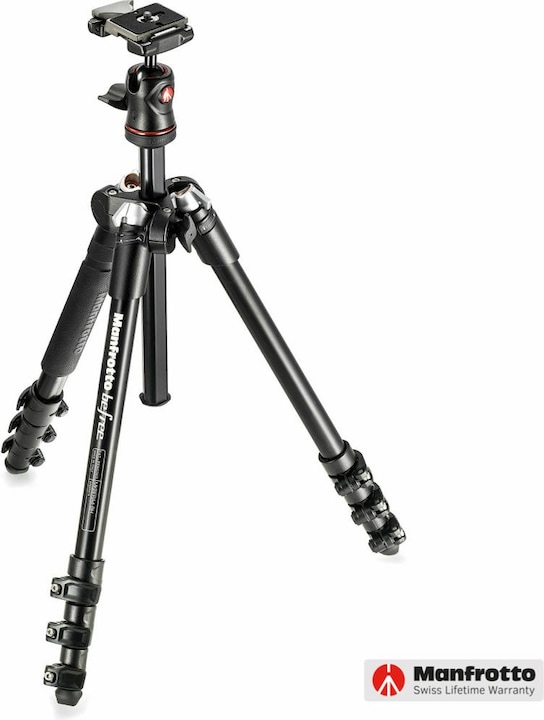

These tricks will make your firework photos really bomb
Exposure time, aperture, camera alignment. Many factors are decisive if you want to capture fireworks photographically. Here are the most important tips.
It will soon be 1 August and the night sky will once again be ablaze with colour as fireworks are shot into the air all over Switzerland. If you want to capture the glowing spectacle with your camera, take note of the following tips.
Location
First of all, you should look for a suitable location. It can be a little higher up so that you have a good view of the scenery. But it can also be on a bridge or in front of an iconic building if you want to capture some scenery. This can create additional atmosphere and help with scale.
Focal length/lens
As you usually want to capture as much of the fireworks as possible, a wide-angle lens is recommended. An 18-55mm zoom lens (35mm equivalent), for example, is very suitable, as you still have some room to zoom in. Otherwise, focal lengths between 14mm and 24mm are a good starting point. If, on the other hand, you are extremely far away from the fireworks, you will have to use a telephoto lens.

Tripod
Since you have to make do with relatively little light and longer exposures when photographing fireworks, you should bring a tripod with you. If you take photos by hand, you will quickly end up with streaks in the fireworks. Especially if you're experimenting with the lighting time, you can't do without a tripod.

Manual mode
Set your camera to M for manual. This gives you a free hand when it comes to the various settings. Aperture, exposure, ISO, everything depends on you.

Exposure time
Because you are shooting at night, the exposure or shutter speed will be in the seconds range. How long you need to illuminate depends entirely on the fireworks. Roughly speaking, the exposure time should not exceed five seconds, otherwise the image will be too blurred. If a lot of fireworks go off at once, it's better to reduce the exposure time a little. If your camera has a bulb function, use it. Depending on the model, you can use it to light for as long as you press the shutter button. Start with the lighting when the rocket starts and then wait for a few explosions. Here, too, you will have to experiment to find the right setting.
ISO
Set the ISO value as low as possible. Otherwise the blue, i.e. dark areas, will be visibly grainy. The fireworks themselves give off enough light that you should be able to cope with ISO 100 or 200. Especially if you are still working with longer exposure times, an ISO value that is too high can spoil the image.

Aperture
Depending on the colour of the fireworks, a different aperture value is required. Golden rockets, for example, belong to the darker explosions and therefore require a wider aperture. Silver explosives, on the other hand, glow extremely brightly, which is why you can close the aperture a little. F11 is a good guide value to start with or if you don't want to keep changing the settings.
Sharpness/focus
If it is dark and you are shooting into the sky, it will be difficult for the autofocus. But you can still try it at the beginning. Simply check straight away whether the image is in focus by enlarging the shot (usually indicated by a magnifying glass with +). If the autofocus does not work, which is not surprising in such conditions, then switch to manual focus (from AF to MF). If you can't find a point of reference, then turn the focus ring to infinity and then back off a little. With the LiveView on your display, you can enlarge the preview before you release the shutter to see if the image is in focus.

Remote shutter release
Since even small movements of the camera can be reflected in the image, a remote shutter release is a practical tool. It allows you to comfortably enjoy the fireworks and press the shutter release from a distance.
Flash
You can leave it at home. The distance between the camera and the fireworks is far too great to achieve any meaningful effect. Instead, your immediate surroundings will be illuminated more brightly, which only worsens the image.

Don't be discouraged by bad photos at first. It takes time to find the right settings and timing. I hope these tips help you the next time there's a bang in the sky
You might also be interested in this
Being the game and gadget geek that I am, working at digitec and Galaxus makes me feel like a kid in a candy shop – but it does take its toll on my wallet. I enjoy tinkering with my PC in Tim Taylor fashion and talking about games on my podcast http://www.onemorelevel.ch. To satisfy my need for speed, I get on my full suspension mountain bike and set out to find some nice trails. My thirst for culture is quenched by deep conversations over a couple of cold ones at the mostly frustrating games of FC Winterthur.

